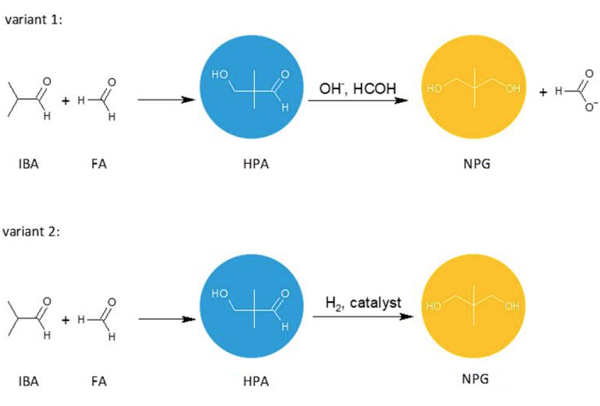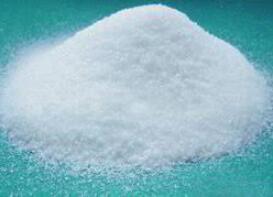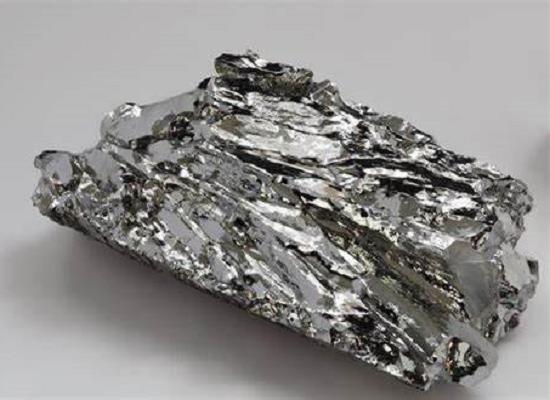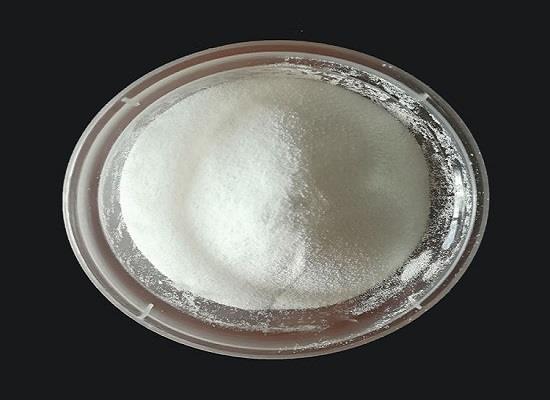2,2-Dimethyl-1,3-propanediol: properties, applications in refrigeration and safety
General Description
The barocaloric effect refers to temperature changes induced by pressure variations in certain materials, such as 2,2-dimethyl-1,3-propanediol. 2,2-Dimethyl-1,3-propanediol undergoes a solid-to-liquid phase transition when pressure increases, absorbing heat, and releases heat when pressure decreases, causing it to solidify. This property makes it suitable for energy-efficient and environmentally friendly solid-state cooling technologies. It can be used as a refrigerant component, replace harmful refrigerants, regulate moisture levels, and function as a lubricant or additive. However, safety precautions should be taken when handling 2,2-dimethyl-1,3-propanediol due to its slight toxicity and potential respiratory, skin, gastrointestinal, and eye irritation. Decomposition at high temperatures or fires may release toxic gases, requiring appropriate protective measures.
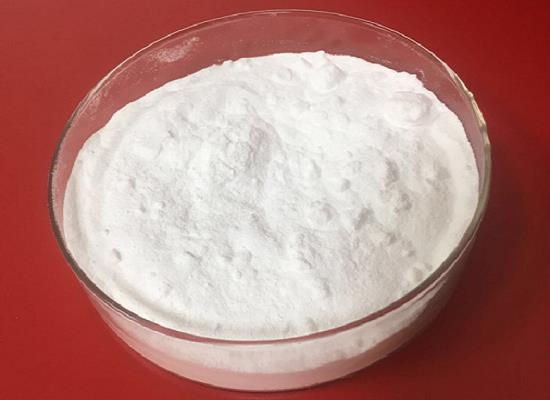
Figure 1. 2,2-Dimethyl-1,3-propanediol
Properties
The barocaloric effect refers to the phenomenon where changes in pressure induce temperature variations in certain materials. One such material that exhibits this behavior is 2,2-dimethyl-1,3-propanediol. It is an organic compound with the chemical formula C5H12O2. When subjected to pressure changes, it undergoes a solid-to-liquid phase transition, accompanied by the absorption or release of heat. This phase transition occurs due to the reordering of molecular arrangements within the material. As pressure increases, 2,2-dimethyl-1,3-propanediol molecules become more tightly packed, leading to the transition from solid to liquid. Conversely, when pressure decreases, the molecules become less densely packed, causing the material to solidify. During this phase transition, a significant amount of heat is either absorbed or released. When 2,2-dimethyl-1,3-propanediol transitions from solid to liquid (melting), it absorbs heat from its surroundings, resulting in a decrease in temperature. Conversely, when 2,2-dimethyl-1,3-propanediol transitions from liquid to solid (freezing), it releases heat into its environment, causing a temperature increase. 1
Applications in refrigeration
As mentioned earlier, 2,2-dimethyl-1,3-propanediol exhibits barocaloric effects, where pressure-induced phase transitions result in temperature changes. This property makes it suitable for developing solid-state cooling technologies. By leveraging 2,2-dimethyl-1,3-propanediol's ability to absorb or release heat under pressure changes, researchers are exploring its potential application in solid-state refrigeration devices that could offer energy-efficient and environmentally friendly cooling solutions. It has been considered as a potential component in novel refrigerant formulations. With increasing concerns over environmentally harmful substances like hydrochlorofluorocarbons (HCFCs) and hydrofluorocarbons (HFCs), researchers are actively exploring alternative refrigerants with lower global warming potential (GWP) and ozone depletion potential (ODP). 2,2-Dimethyl-1,3-propanediol-based refrigerant blends are being studied for their thermodynamic properties, compatibility with existing cooling systems, and environmental sustainability. In summary, 2,2-dimethyl-1,3-propanediol finds multiple applications in refrigeration and cooling technologies. It can serve as a heat transfer fluid, contribute to the development of solid-state cooling devices, be incorporated into composite materials, potentially replace environmentally harmful refrigerants, regulate moisture levels, and function as a lubricant or additive. These diverse applications showcase the versatility and potential of 2,2-dimethyl-1,3-propanediol in enhancing the efficiency, sustainability, and performance of refrigeration and cooling systems. 2
Safety
2,2-Dimethyl-1,3-propanediol is a substance with slight toxicity. However, when used normally, it is relatively safe. Nonetheless, it is recommended to take certain safety precautions when handling this substance. Firstly, it is important to avoid inhaling its vapors as they can cause irritation to the respiratory tract. It is also advisable to wear protective gloves and clothing to prevent any potential skin irritation. In case of ingestion, it may lead to gastrointestinal irritation, vomiting, and diarrhea. If it comes into contact with the eyes, it can cause eye irritation and corneal damage. Therefore, it is crucial to work in a well-ventilated environment and ensure there is no direct contact between the substance and the human body. Furthermore, it is essential to note that exposure to high temperatures or fire can cause it to decompose and release toxic gases. Hence, appropriate measures should be taken to protect human health and the environment in such situations. Overall, by following these safety guidelines, one can minimize the potential risks associated with the use of 2,2-dimethyl-1,3-propanediol. 3
Reference
1. Lloveras P, Aznar A, Barrio M, Negrier P, Popescu C, Planes A, Ma?osa L, Stern-Taulats E, Avramenko A, Mathur ND, Moya X, Tamarit JL. Colossal barocaloric effects near room temperature in plastic crystals of neopentylglycol. Nat Commun, 2019, 10(1):1803.
2. Li B, Kawakita Y, Ohira-Kawamura S, Sugahara T, Wang H, Wang J, Chen Y, Kawaguchi SI, Kawaguchi S, Ohara K, Li K, Yu D, Mole R, Hattori T, Kikuchi T, Yano SI, Zhang Z, Zhang Z, Ren W, Lin S, Sakata O, Nakajima K, Zhang Z. Colossal barocaloric effects in plastic crystals. Nature, 2019, 567(7749):506-510.
3. Fiume MM, Bergfeld WF, Belsito DV, Hill RA, Klaassen CD, Liebler DC, Marks JG Jr, Shank RC, Slaga TJ, Snyder PW, Gill LJ, Heldreth B. Safety Assessment of Trimellitic Anhydride Copolymers as Used in Cosmetics. Int J Toxicol, 2020, 39(3_suppl):74S-92S.
Related articles And Qustion
See also
Lastest Price from neopentyl glycol manufacturers

US $10.00/kg2025-04-21
- CAS:
- 126-30-7
- Min. Order:
- 1kg
- Purity:
- 99%
- Supply Ability:
- 100 mt
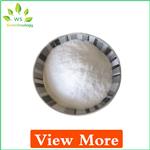
US $0.00-0.00/kg2025-04-21
- CAS:
- 126-30-7
- Min. Order:
- 1kg
- Purity:
- 99%
- Supply Ability:
- 20MT


